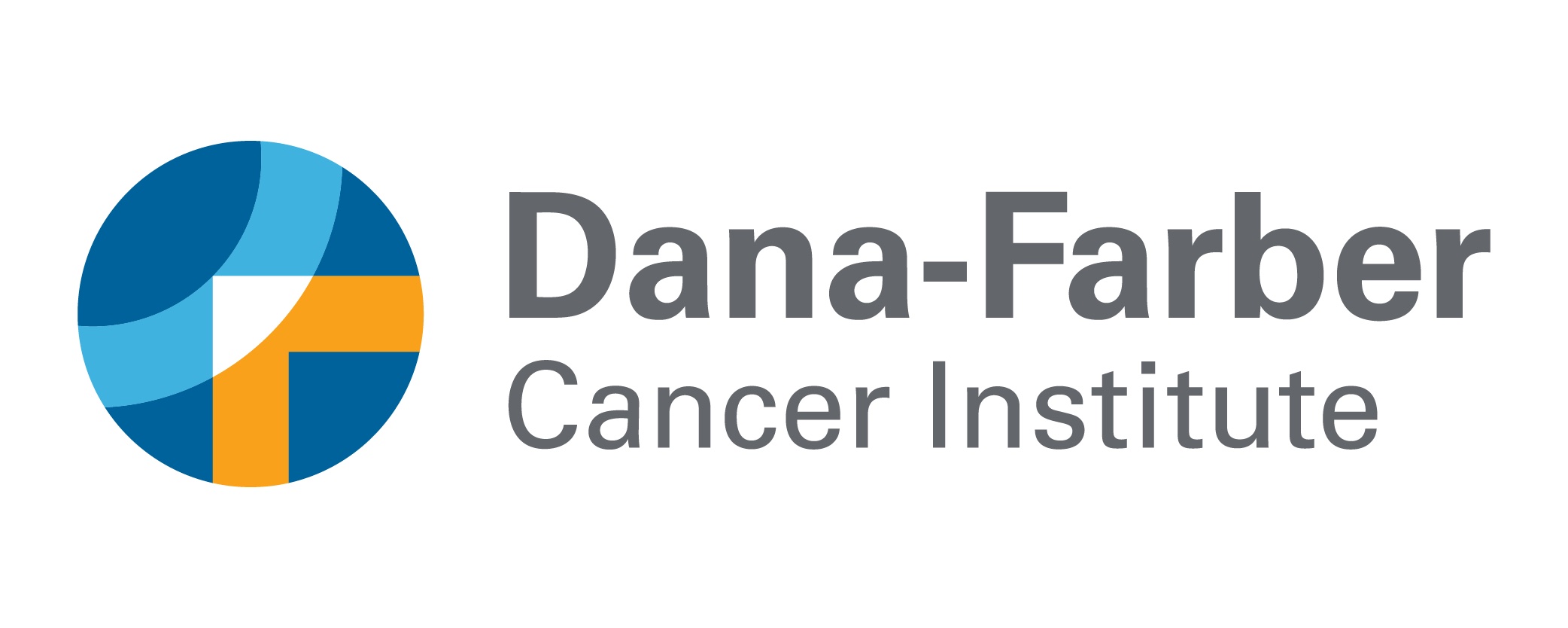Newswise — SAN DIEGO—In an African county lacking any specialists in children’s cancers, a team approach that “twins” Rwandan physicians with Boston-based pediatric oncologists has shown it can deliver expert, curative care to young patients stricken with lymphoma.
The first-of-its-kind strategy is credited for curing at least 5 of 10 children at a rural Rwandan hospital; two others are in remission while receiving chemotherapy, and three children have died. The long-distance team approach was designed by Sara Stulac, MD, MPH, director of pediatrics for Partners In Health, and during the last year further developed and formalized through a partnership with pediatric oncologist Leslie Lehmann, MD, Kathleen Houlahan, RN, BA, MHA, pediatric oncology nurse and nurse director of the Jimmy Fund Clinic at Dana-Farber/Children’s Cancer Center, and Larry Shulman, MD, medical oncologist and chief medical officer of Dana-Farber Cancer Institute.
Lehmann will present the results (abstract 4222) at the American Society of Hematology’s 2011 annual meeting, Session 901, Monday, Dec. 12, at 6 p.m. PST in Hall GH of the San Diego Convention Center.
“We show that we can safely deliver care using this model – an American-trained pediatrician supervising a Rwandan-trained generalist – who are together supervised through phone calls from a U.S-based pediatric oncologist,” says Lehmann, who is clinical director of the pediatric stem cell transplant program at Dana-Farber/Children’s Hospital Cancer Center.
While nations in the developing world have traditionally devoted their limited public health resources to epidemic infectious diseases such as malaria and diarrhea, life-threatening non-communicable conditions like cancer and heart disease are of growing concern.
“There are not enough pediatric oncologists in the world” to provide specialized cancer care for children in developing countries, Lehmann says. “And there’s not a single trained pediatric oncologist in Rwanda,” a country of more than 11 million people.
In the Western world, 80 percent of children can be cured of lymphoma, but this success rate requires definitive diagnosis, expert administration of chemotherapy, and experienced follow-up care. The “twinning” team approach leverages in-country medical and nursing resources by adding the long-distance supervision and treatment-planning of Dana-Farber/Children’s pediatric specialists in blood cancers.
The children described in Lehmann’s report were treated over the past four years at the Rwinkwavu government hospital in rural Rwanda. The hospital is supported by Paul Farmer’s Partners In Health, which works with governments in impoverished areas of the world to improve health care.
About five years ago, Stulac, a pediatrician then based in Rwanda as the clinical director for Partners In Health’s project, set up the care model based at Rwinkwavu, along with Sara Chaffee, MD, of Dartmouth-Hitchcock Medical Center. Rounding out the group are Alain Uwumugambi, MD, a general physician trained in Rwanda; Merab Nyishime, RN, head pediatric nurse at Rwinkwavu Hospital, and a Rwandan nurse coordinator, Jean Bosco Bigirimana, RN. All are authors on the paper.
Lehmann says that accurate diagnosis of lymphoma is essential and sometimes difficult. “You don’t want mistakes,” she emphasizes. Children underwent biopsies and staging X-rays in Rwanda, and the results were sent to Brigham and Women’s Hospital in Boston for all diagnoses.
Next, the pediatric oncologist (Lehmann) oversaw the development of a treatment plan. Patients received surgery at the national referral hospital, as needed. When a patient required chemotherapy, the drugs were prescribed by one of the U.S.-trained pediatricians, and administered by Rwandan nurses under the supervision of the local general physician and supported by the American-trained pediatrician, Lehmann explained.
For radiation therapy, children were taken to facilities in bordering Uganda. Throughout treatment, Lehmann consulted with the team in weekly conference calls – or more often, if needed.
The 10 patients covered in the ASH report ranged from 3 to 15 years in age. All were diagnosed with lymphoma, which is more common in children in Rwanda than in the U.S. Five patients completed therapy – four receiving CHOP or ABVD chemotherapy, and the fifth had the disease removed surgically and has not needed chemotherapy. Those five children have no evidence of disease in follow-up ranging from four months to four years and are considered cured, Lehmann said.
Two patients are currently on chemotherapy and their cancer is in remission. Two children died from treatment-related complications, and a third died when the lymphoma progressed during treatment.
“This is the beginning of a new model,” says Lehmann. “In the past, doctors weren’t comfortable having complicated oncology care delivered without a local oncology specialist available. Having a specialist on-site would be ideal – but as global health moves into oncology, there are not enough oncologists to provide that kind of care so alternative approaches must be developed and carefully assessed.”
The study was funded by Partners In Health.
Dana-Farber Cancer Institute (www.dana-farber.org) is a principal teaching affiliate of the Harvard Medical School and is among the leading cancer research and care centers in the United States. It is a founding member of the Dana-Farber/Harvard Cancer Center (DF/HCC), designated a comprehensive cancer center by the National Cancer Institute. It provides adult cancer care with Brigham and Women’s Hospital as Dana-Farber/Brigham and Women’s Cancer Center, and it provides pediatric care with Children’s Hospital Boston as Dana-Farber/Children’s Hospital Cancer Center. Dana-Farber is the top-ranked cancer center in New England, according to U.S. News & World Report, and one of the largest recipients among independent hospitals of National Cancer Institute and National Institutes of Health grant funding. Follow Dana-Farber on Twitter, @danafarber, and Facebook, www.facebook.com/danafarbercancerinstitute.
MEDIA CONTACT
Register for reporter access to contact detailsCITATIONS
American Society of Hematology’s 2011 annual meeting
